On World Health Day, a look back at some of medicine’s greatest triumphs
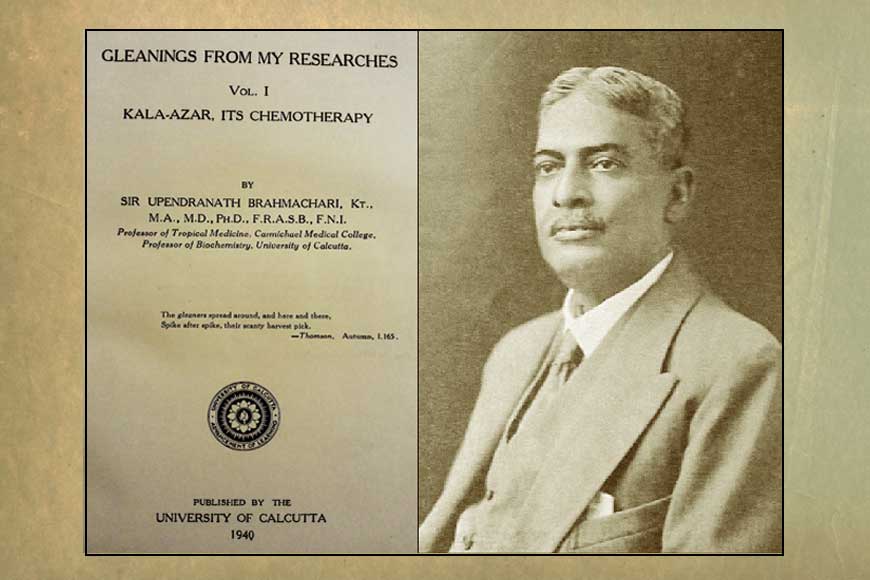
Every year since 1950, World Health Day has been observed on April 7 to mark the founding of the World Health Organization (WHO), as well as other related organizations. It is seen as an opportunity by WHO to draw “worldwide attention to a subject of major importance to global health each year”. This year, the theme is ‘Building a Fairer and Healthier World for Everyone’, and we thought it would be a good idea to list five of the world’s most impactful medical achievements, particularly in light of what the world is going through with the Covid-19 pandemic.
These achievements are not in chronological order, in fact, they are in no particular order at all!
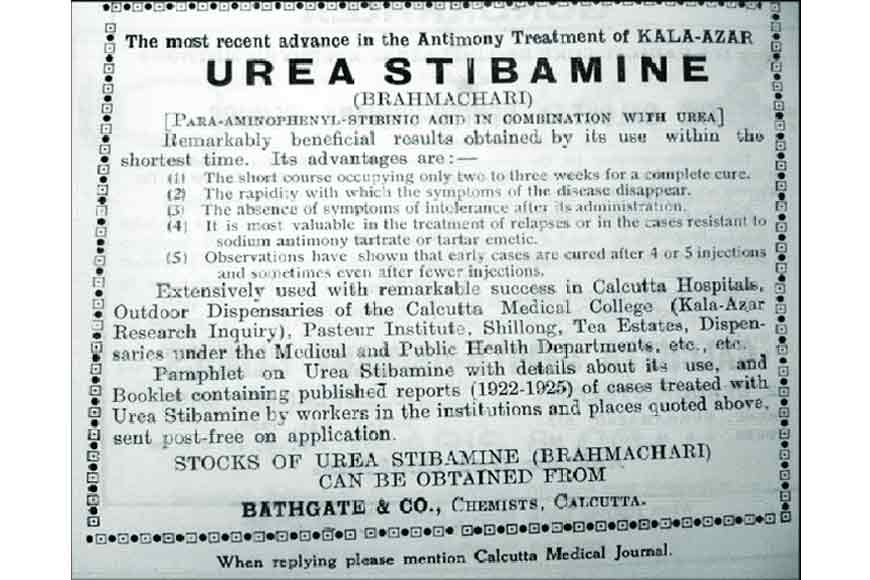
Treatment for Kala-Azar
In 1922, Dr. Upendranath Brahmachari discovered ‘urea stibamine’ for the treatment of kala-azar in Kolkata, now considered a landmark in the field of antibiotics, which practically eradicated the disease from India. Even today, kala-azar (medical name visceral leishmaniasis, ‘kala jwar’ in Bengali) is the second-largest parasitic killer in the world after malaria, and is responsible for an estimated 20,000 to 30,000 deaths each year globally. Patients of visceral leishmaniasis typically have fever and enlarged spleens, along with the occasional enlargement of the liver. The blackening of the skin that gave ‘kala jwar’ its common name does not appear in many cases, and the other symptoms are easy to mistake for those of malaria. Misdiagnosis is dangerous, as without proper treatment, the mortality rate for kala-azar is close to 100 percent.
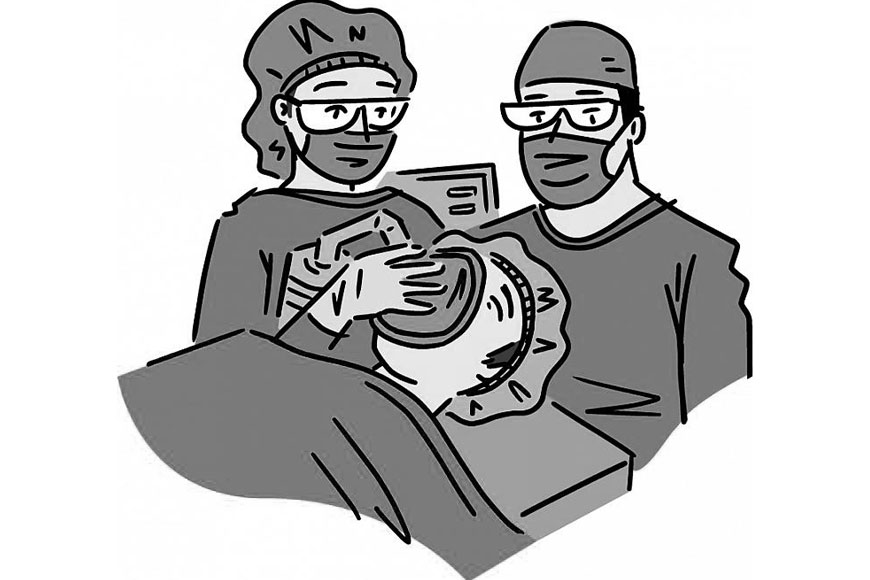
Discovery of anesthesia
Before the discovery of a general anaesthetic in the mid-19th century, surgery was simply a last resort, with many patients choosing to die rather than endure the excruciating agony of surgery without anesthetics. Interestingly, experiments with anaesthesia date as far back as 4000 BC, but it was only in 1846 that William T. G. Morton made history when he successfully used ether as an anaesthetic during surgery. Soon after, a faster-acting substance called chloroform became widely used, but was considered high-risk after several fatalities were reported. Over the 150 years since, safer anaesthetics have been developed, allowing millions of life-saving, painless operations to take place.
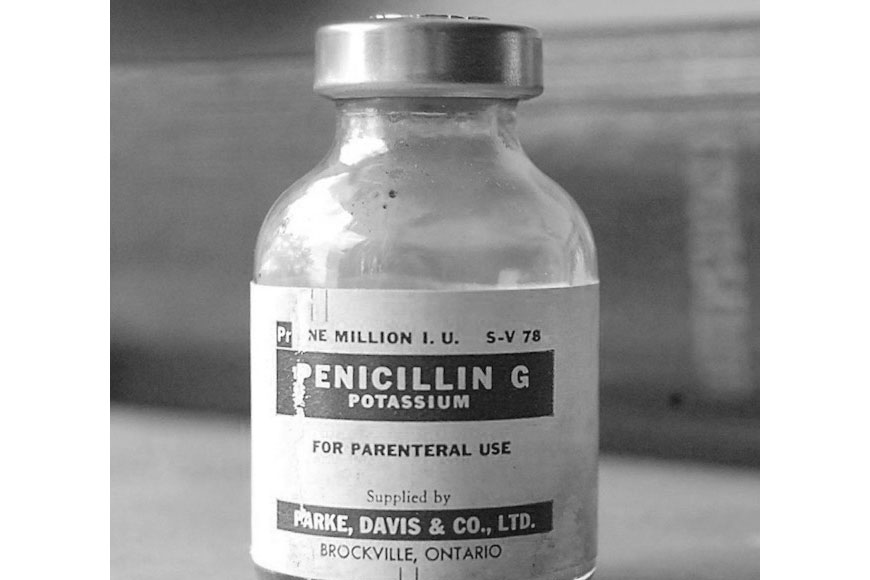
Discovery of penicillin
The discovery of penicillin by Scottish physician and biologist Alexander Fleming in 1928 completely revolutionised the world of antibiotics, giving humans the upper hand in the war against deadly bacteria. The story goes that Fleming accidentally discovered the anti-bacterial ‘mould’ in a petri dish, but his findings were not properly recognised until the 1940s, when they began being mass-produced by American drug companies for use in World War II. Two other scientists were responsible for the mass distribution of penicillin, Australian Howard Florey and German refugee Ernst Chain, whose work ended up saving millions of future lives.
In this context, it is also important to mention Alfred Bertheim and Paul Ehrlich, whose 1907 discovery of Salvarsan began the age of antibiotics. Salvarsan was the first drug to effectively counter syphilis, marking the actual beginning of anti-bacterial treatment.
Also read : Vaccination during colonial time
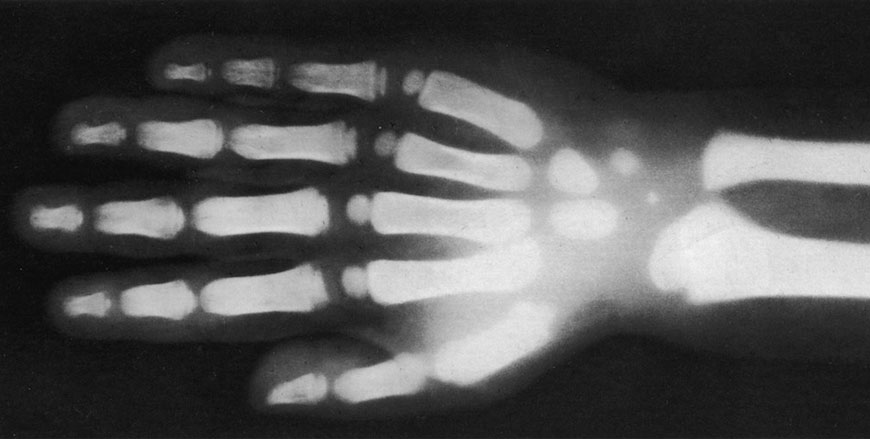
Discovery of X-ray
It is hard to imagine life without X-rays today, and yet, their discoverer became an object of ridicule in the time immediately following his discovery. This man was German physicist Wilhelm Conrad Röntgen, who accidentally discovered X-rays while studying electric currents passing through a gas at extremely low pressure. And no matter what the initial reaction to his huge discovery, he won the first-ever Nobel Prize in Physics in 1901.
The discovery of X-rays inspired many researchers to further improve the technology, which eventually led to the invention of the CT scanner, the commercial version for which is credited to Dr Godfrey Hounsfield, who received a Nobel Prize for Medicine in 1979.
Soon after, Dr R. V. Damadian invented a technique to differentiate between cancerous and normal cells using nuclear magnetic resonance, an improved version of which later became functional magnetic resonance imaging or MRI.
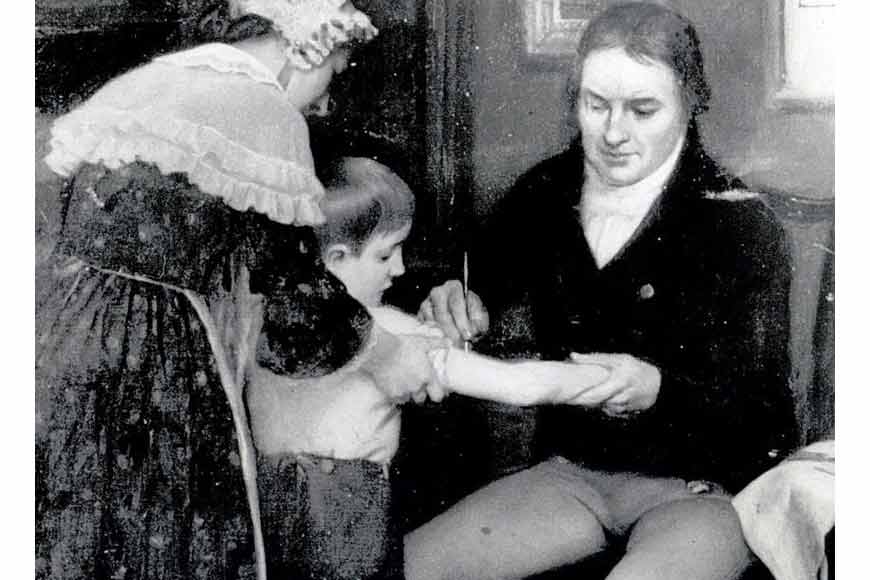
Discovery of smallpox vaccine
The smallpox vaccine was the first vaccine to be developed against an infectious disease. In 1796, British doctor Edward Jenner proved that an infection with the relatively mild cowpox virus created immunity against the far more deadly smallpox virus. Cowpox served as a natural vaccine until the modern smallpox vaccine emerged in the 19th century. From 1958 to 1977, WHO conducted a global vaccination campaign which eradicated smallpox, making it the only human disease to be eradicated so far.










